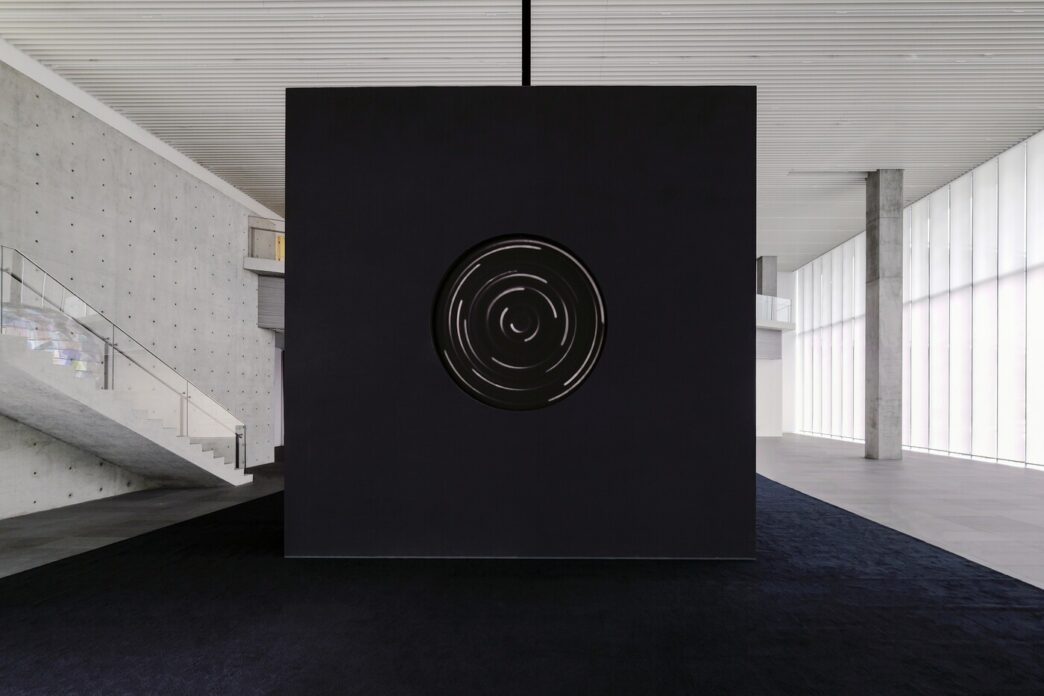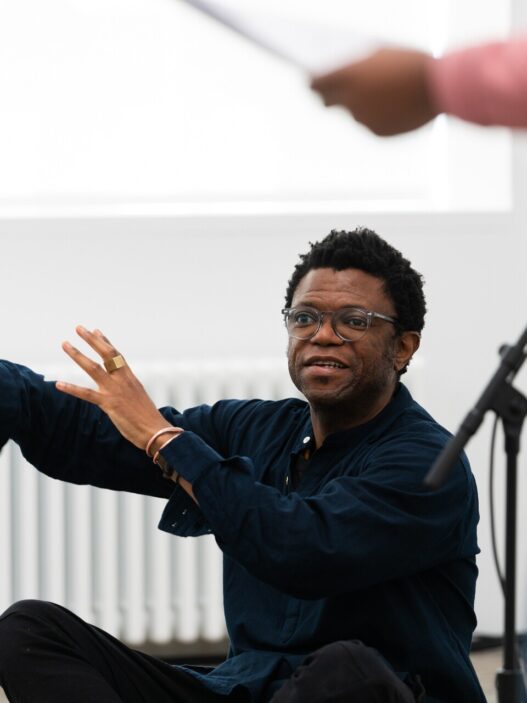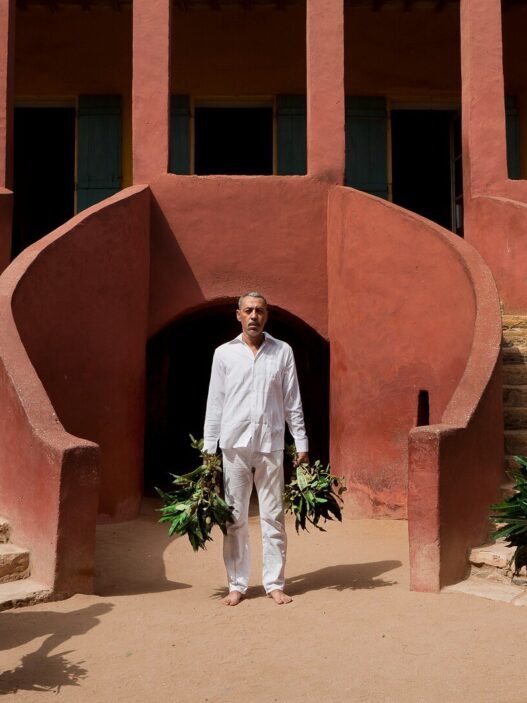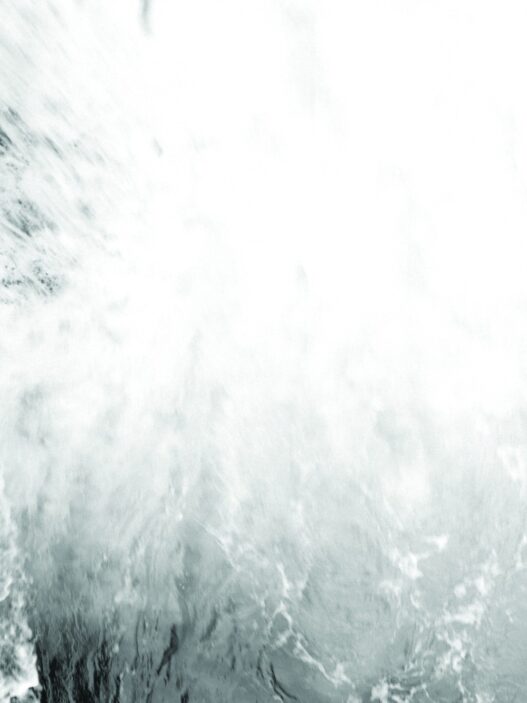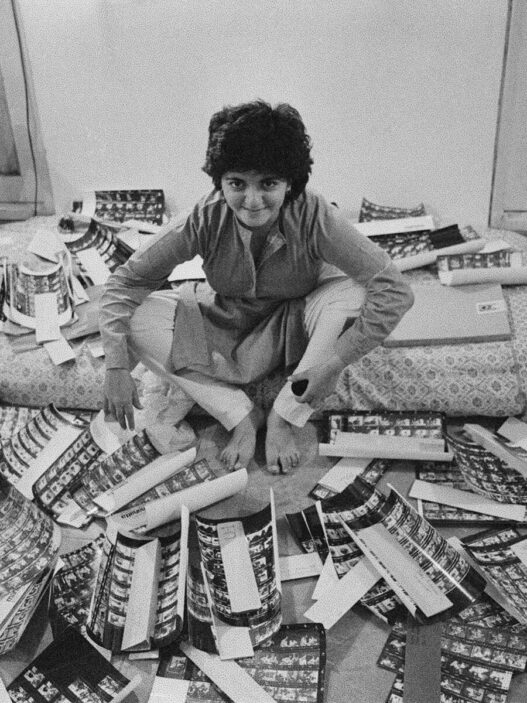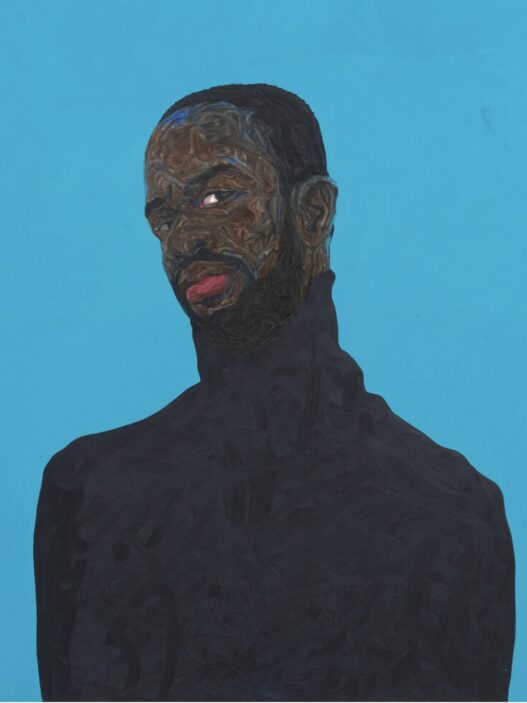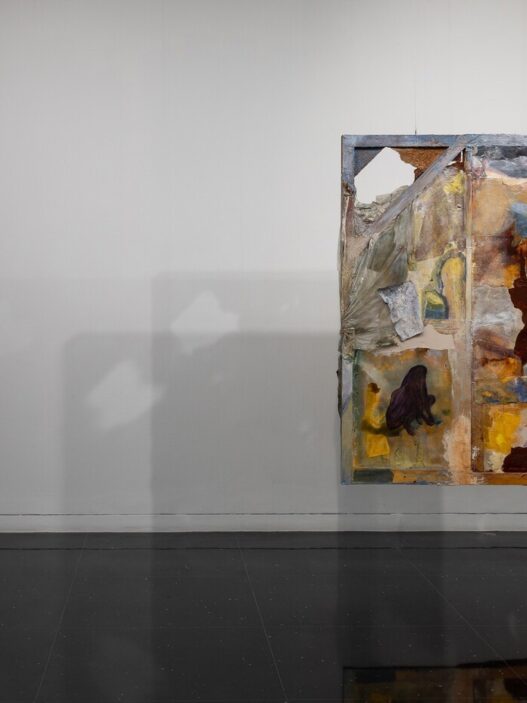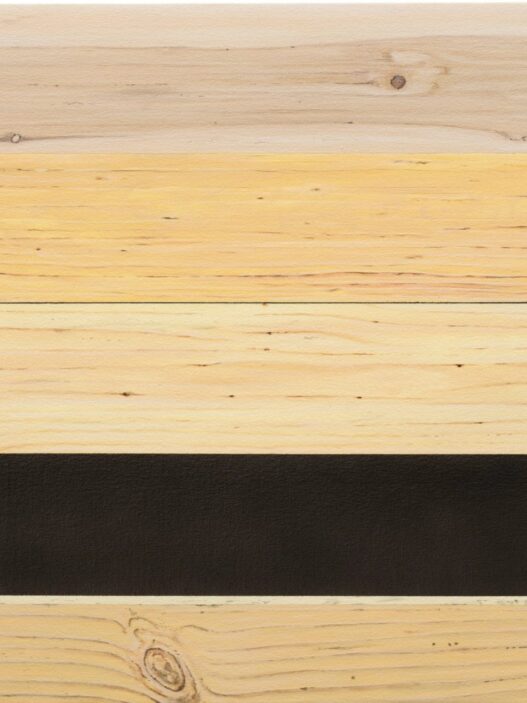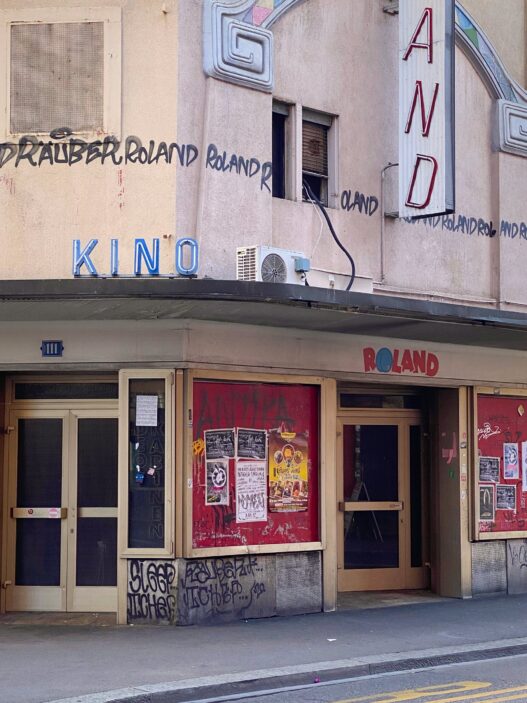October 18–December 4, 2022
Pure Reason: September 30–December 4,special project
Hangzhou Museum, Hangzhou
There is a “cosmotechnics” that is inherent in M/S, the Chinese word for “silk,” such as the archetypes in conceptions of “relation”: clue(Xiànsu), organization(Zzh), web/network(Wnglu), and system(Xtng); the common names of colors: red, green, purple, scarlet, and crimson; and “Wén,” which means, all at once, text, texture, These date back to the development of silk in ancient China and serve as a reminder that textiles and fiber are both a phenomena and an all-encompassing metaphor for human cognition.
The curators of the 4th Hangzhou Triennial of Fiber Art offer the term “Hun Cn Zài” to suggest a redefinition and a re-interpretation of “art”: the way “art” occurs and existing is a form of “theoria-being,” drawing inspiration from fiber/textile.
This is also reflected in the English version, “Being Theoria,” which is based on Aristotle’s ancient Greek term for contemplation, “theoria.” Poesis(techne), praxis, and theoria are the “three activities” that Aristotle classified. “Being Theoria” responds to the gap between contemporary art that emphasizes involvement and intervention (praxis) and art that emphasizes production (techne).
The titles in Chinese and English are likewise intertextually related. Huncn (cache) and cnzài are two terms that are combined to form the phrase “Hun Cn Zài” (being). Hun, which is an M-derived radical, denotes something that is moderate, sluggish, or postponed. In contrast, cnzài is the Chinese word for “being,” which is a philosophical concept. Hun Cn Zài can be translated as “cached-being” or “postponed-being.” Hun Cn literally translates to “storing/existing slowly” in computer jargon, which describes the pandemic’s daily reality.
The curatorial team has always identified as “weavers,” asking other artists and academics to join them, build relationships, and create a network of Research Weavers in response to a reflective fiber-world. The triennial isn’t divided into sections; rather, it is connected by a number of “clues,” specifically characters with the silk radical: “Wén” (text/texture/culture/civilization), “Xù” (emotion/thought), “Xiàn” (lines/trajectory), “Zh” (weave/labor), “Wng” (net/web), “Jié” (tying knots), and “Zng” These hints are linked in space and are displayed as a collection of meditative “Theoria Spaces” that invite people to spend time there.
The idea behind the city concept “Jingyin | Pure Reason” is inspired by both Kant’s “Pure Reason” and the Buddhist philosophy “Jingyin” (literally, pure cause [hetu]). Through an ongoing curatorial and creative weaving, it expands “Being Theoria” and the realm of fiber art, fostering a cross-civilizational discussion.
Exhibition Director: Ying Jinfei
Artistic Director: Shi Hui
Chief Curator: Liu Tian
Co-curator: Liu Yihong, Ying Xinxun, Iris Long, Wang Hongzhe
Assistant Curator: Xi Tianhao, Duan Xin, Zheng Linyixin, Ren Yue
Project Coordinator: Gu Wenjia, Wu Jiayu, Xu Xiaoxiao, Zhao Jin
Being Theoria, Zhejiang Art Museum
Artists: Bai Qingwen, Joseph Beuys, Bi Rongrong, Cai Yaling, Chen Han, Chen Chieh-jen, Chen Wei, Chen Zhe, Christo and Jeanne-Claude, Ivana Franke, Gazetteer-novel Collective, Nathalie Gebert, Guo Cheng, Guo Yaoxian, Growing House Team, Ann Hamilton, Ho Rui An, Huang Yan, Zilvinas Kempinas, Alice Kettle, Li Haibing, Liao Fei, Lin Gang, Liu Guoqiang, Liu Jiajing, Liu Jun, Xin Liu, Liu Yujia, Assadour Markarov, Annette Messager, Peng Ke, Constanza Piña, Qin Dali, Raqs Media Collective, Kathrin von Rechenberg, Evan Roth, Ruan Yuelai, Inder Salim, Shi Hui, Shi Qing, Song Chunyang, Aiko Tezuka, The Eight Immortals Crossing the Sea, Tong Wenmin, Wang Lei, Weaving Jungle, Bignia Wehrli, Xin Qi, Yang Chi-Chuan, Yi Group, Zhao Yao, Zheng Bo, Zhou Wenjing
Pure Reason, Hangzhou Museum
Artists: Chen Chieh-jen, Chen Zhe, Christine Sun Kim & Thomas Mader, Li Weiyi, Liao Fei, Nabuqi, Inga Svala Thórsdóttir & Wu Shanzhuan, Ali Van, Lantian Xie/Aarushi Surana/Aasma Tulika/Kaushal Sapre/Alla Semenovskaya, Wang Xu, Wu Ding, Yu Ji
Zhejiang Art Museum
No.138 Nanshan Road
Hangzhou
China










